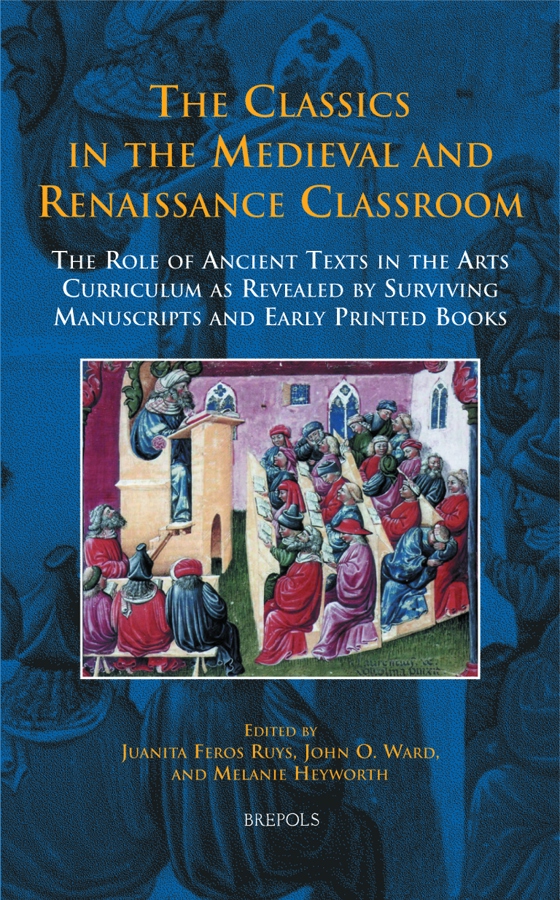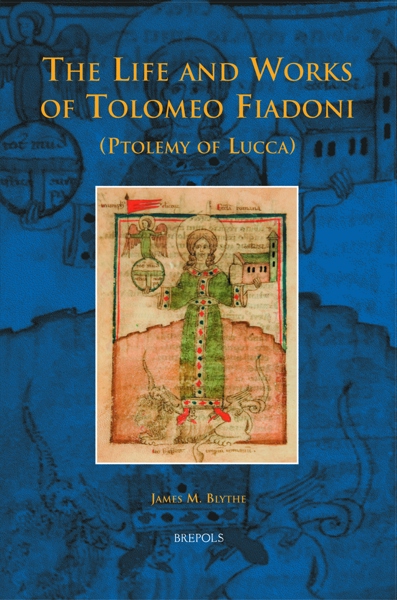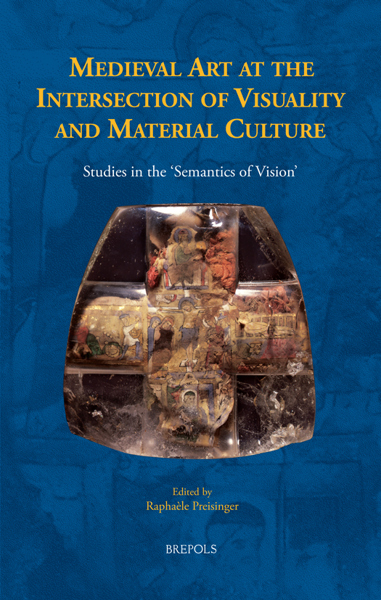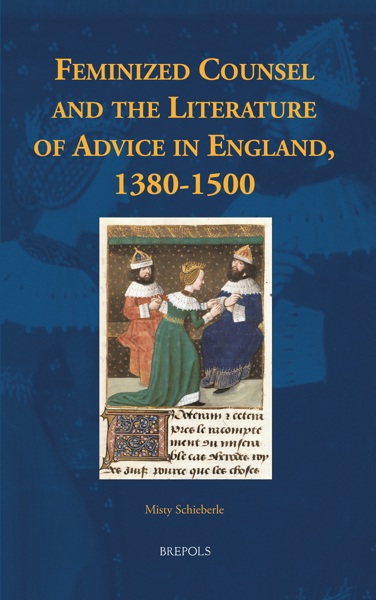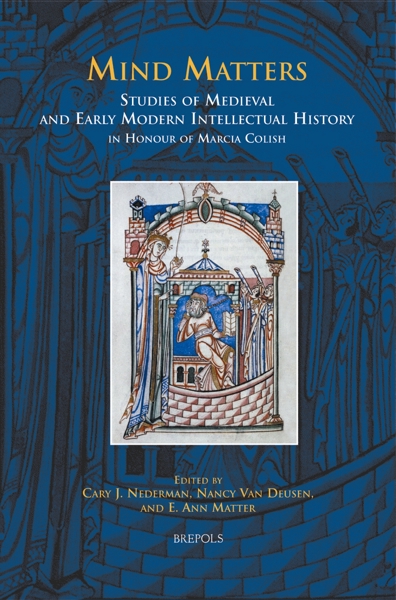
The Classics in the Medieval and Renaissance Classroom
The Role of Ancient Texts in the Arts Curriculum as Revealed by Surviving Manuscripts and Early Printed Books
Juanita Feros Ruys, John O. Ward, Melanie Heyworth (eds)
- Pages: x + 420 p.
- Size:156 x 234 mm
- Illustrations:2 b/w
- Language(s):English
- Publication Year:2013
- € 120,00 EXCL. VAT RETAIL PRICE
- ISBN: 978-2-503-52754-3
- Hardback
- Temporarily Out of Stock
- € 120,00 EXCL. VAT RETAIL PRICE
- ISBN: 978-2-503-53953-9
- E-book
- Available
"In summation, this is a valuable contribution to the field that still faces many questions. It promises to, if not solve, then illuminate many of them through a series of high-level contributions covering a wide range of geographical and socio-cultural contexts from the tenth to the sixteenth centuries." (Jelena Todorovic, in: The Medieval Review, 14.06.04)
"In sum, this volume is (...) very readable and extremely useful for those working in a manuscript/incunable context, and for students and teachers of rhetoric, the history of education, and the transmission of the Classics." (Tina Chronopoulos, in: Bryn Mawr Classical Review, 2014.03.32)
"One of the principal strenghts of the volume is its broad geographical and chronological spread (...). The volume provides a series of interesting case studies on the use of the classics in the classroom, and makes the important point that our understanding of classroom practices in this period must be informed by the surviving evidence of manuscripts and incunables, not by over-reliance on contemporary accounts, nor our scholarly preconceptions." (Irene O'Daly, in: Quaerendo, 45, 2015, p. 171-173)
"Given some familiarity with the outlines, objectives, and fortunes of the liberal arts, any student of medieval and Renaissance education will find much in this volume to consider and admire." (William P. Weaver, in: Renaissance Quarterly, 67.3, 2014, p. 941-942)
“This book is a considerable editorial achievement” Emma Gee, in Isis, Vol. 107/1, March 2016 p. 155)
« (…) la qualité de ce livre (...) se distingue tout spécialement par l’étendue de l’aire géographique envisagée (…) ainsi que par la période chronologique retenue. » (Renaud Adam, dans Le Moyen Age, 122/2, 2016, p. 408)
Medievalists and Renaissance specialists contribute to this compelling volume examining how and why the classics of Greek and Latin culture were taught in various Western European curricula (including in England, Scotland, France, Germany, and Italy) from the tenth to the sixteenth centuries. By analysing some of the commentaries, glosses, and paraphrases of these classics that were deployed in medieval and Renaissance classrooms, and by offering greater insight into premodern pedagogic practice, the chapters here emphasize the ‘pragmatic’ aspects of humanist study. The volume proposes that the classics continued to be studied in the medieval and Renaissance periods not simply for their cultural or ‘ornamental’ value, but also for utilitarian reasons, for ‘life lessons’. Because the volume goes beyond analysing the educational manuals surviving from the premodern period and attempts to elucidate the teaching methodology of the premodern period, it provides a nuanced insight into the formation of the premodern individual. The volume will therefore be of great interest to scholars and students interested in medieval and Renaissance history in general, as well as those interested in the history of educational theory and practice, or in the premodern reception of classical literature.
The Classics in the Classroom: An Introduction — John O. Ward
Manuscript Evidence of the Teaching of the Language Arts in Late Anglo-Saxon and Early Norman England, with Particular Regard to the Role of the Classics — Gabriele Knappe
Teaching Classical Rhetoric in Practice: Evidence from Anselm de Besate — Beth S. Bennett
Thierry of Chartres and the Causes of Rhetoric: From the Heptateuchon to Teaching the Ars rhetorica — Rita Copeland
The Grammar and Rhetoric Offered to John of Salisbury — Karin Margareta Fredborg
Accessus to Classical Poets in the Twelfth Century — Birger Munk Olsen
What Goes with Geoffrey of Vinsauf ? Codicological Clues to Pedagogical Practices in England, c. 1225 – c. 1470 — Martin Camargo
Progymnasmata and Progymnasmatic Exercises in the Medieval Classroom — Manfred Kraus
Dreaming in Class: Aristotle’s De sompno in the Schools — Lola Sharon Davidson
Aristotle in the Medieval Classroom: Students, Teaching, and Educational Change in the Schools of Paris in the Twelfth and Thirteenth Centuries — Steven J. Williams
Teaching Techniques: The Evidence of Manuscript Schoolbooks Produced in Tuscany — Robert Black
George of Trebizond’s De suavitate dicendi — Lucia Calboli Montefusco
Spreading the Word: Antonio Mancinelli, the Printing Press, and the Teaching of the Studia humanitatis — Dugald McLellan
Virgil in the Renaissance Classroom: From Toscanella’s Osservationi […] sopra l’opere di Virgilio to the Exercitationes rhetoricae — Craig Kallendorf
What are the Real Differences between Medieval and Renaissance Commentaries? — Marjorie Curry Woods
George Buchanan’s Revision of the ‘St Andros’ Curriculum: Ramism, Reformation Religion, and Ciceronian Humanism in Transition — C. Jan Swearingen
‘No Terence phrase: his tyme and myne are twaine’: Erasmus, Terence, and Censorship in the Tudor Classroom — Ursula Potter
Poetic Technique and the Liberal Arts in the Lay Schoolroom: The Singschule (‘Singing School’) of the German Mastersingers of the Fifteenth and Early Sixteenth Centuries — Brian Taylor
Index

